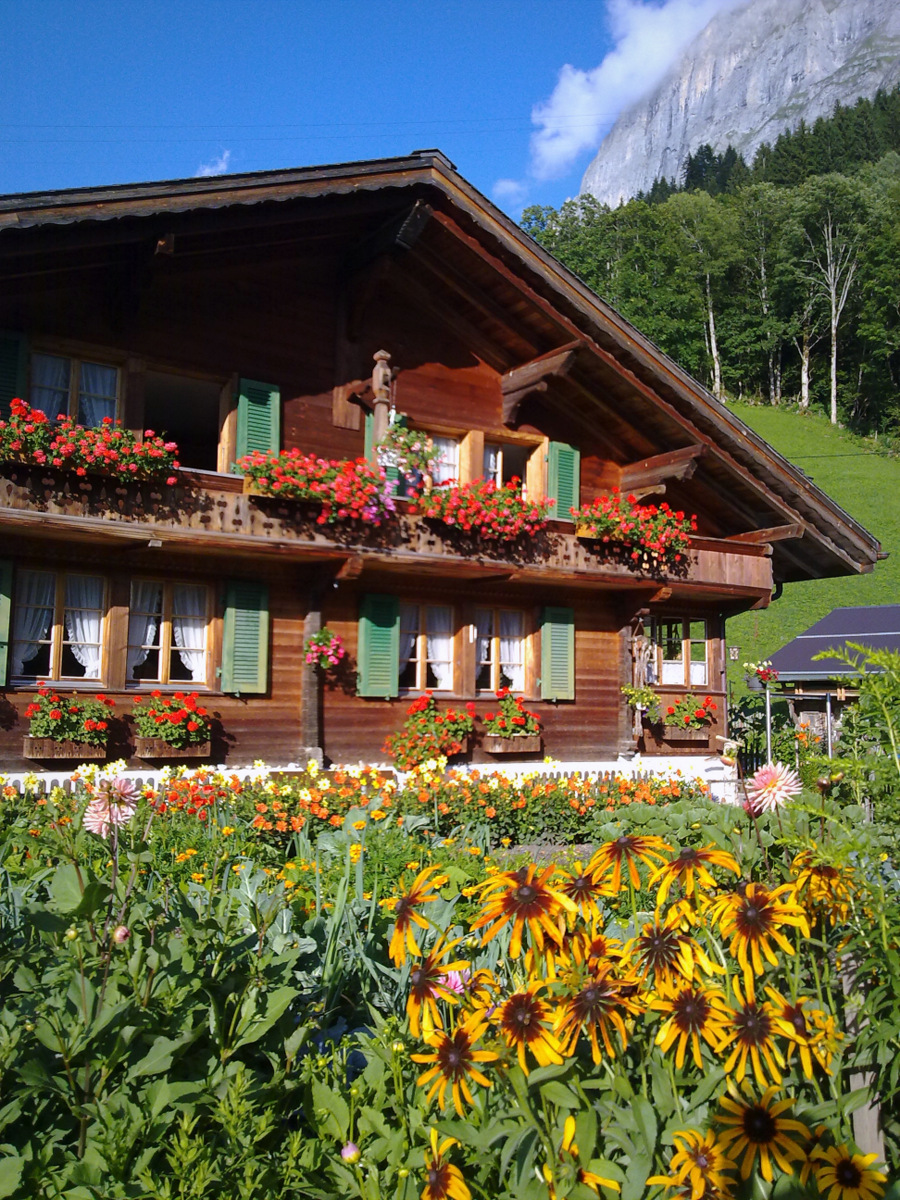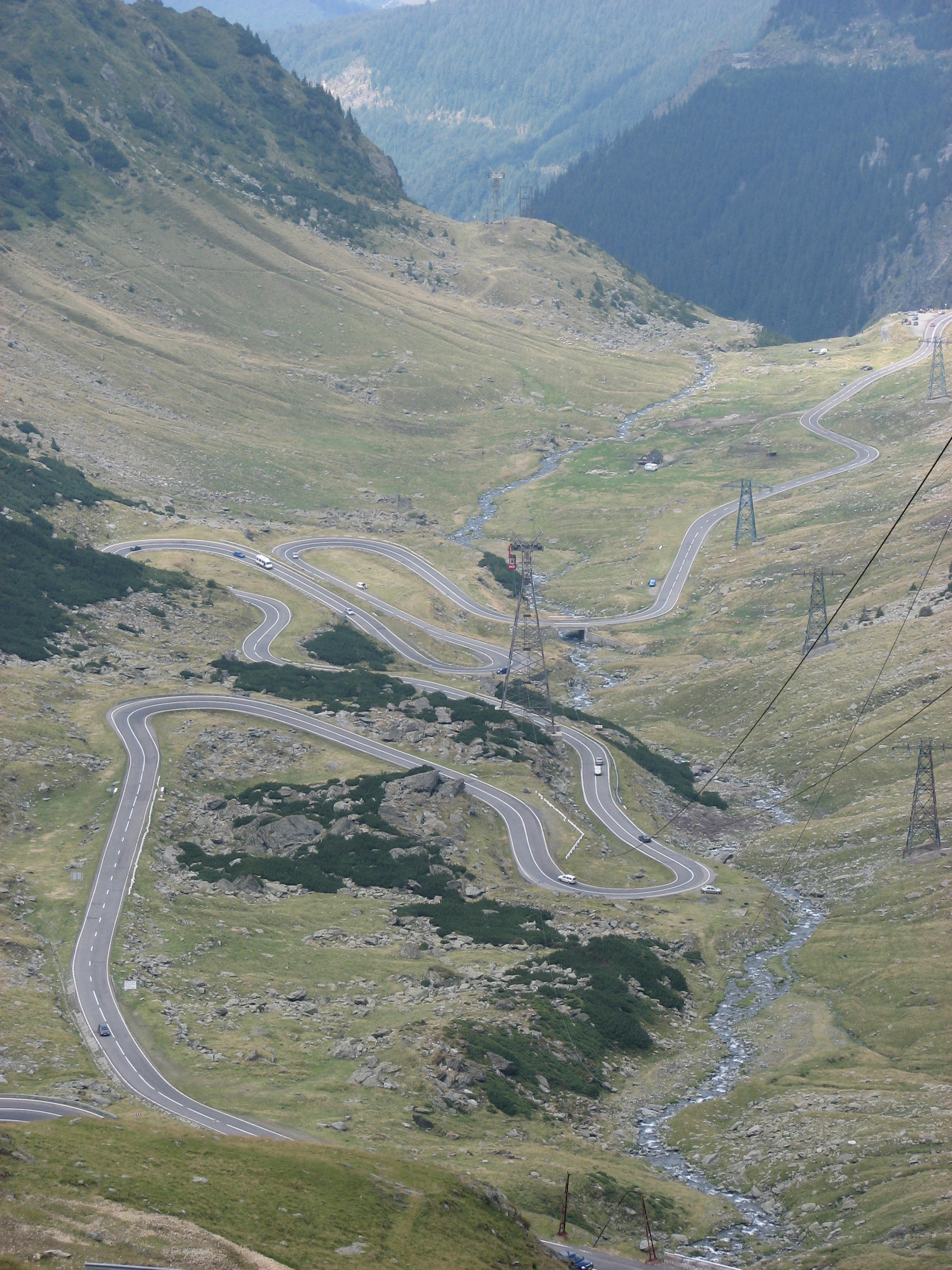|
Bâlea Lake
Bâlea Lake ( ro, Lacul Bâlea or ''Bâlea Lac'', ; hu, Bilea-tó) is a glacier lake situated at 2,034 m of altitude in the Făgăraș Mountains, in central Romania, in Cârțișoara, Sibiu County. There are two chalets opened all the year round, a meteorological station and a mountain rescue ( Salvamont) station. It is accessible by car on the Transfăgărășan road during the summer, and the rest of the year by a cable car from the "Bâlea Cascadă" chalet. On 17 April 1977. an avalanche killed 23 skiers gathered near the lake; 19 of those were high school students from the Samuel von Brukenthal National College in Sibiu. This was the deadliest avalanche ever in Romania, with the 42nd highest death toll in the world. In 2006, the first ice hotel An ice hotel is a temporary hotel made up of snow and sculpted blocks of ice. Ice hotels, dependent on sub-freezing temperatures, are constructed from ice and snow and typically have to be rebuilt every year. Ice hotels exist ... [...More Info...] [...Related Items...] OR: [Wikipedia] [Google] [Baidu] |
Făgăraș Mountains
The Făgăraș Mountains ( ro, Munții Făgărașului ; hu, Fogarasi-havasok) are the highest mountains of the Southern Carpathians, in Romania. Geography The mountain range is situated in the heart of Romania, at . The range is bordered in the north by the Făgăraș Depression, through which the Olt River flows, and in the west by the Olt Valley (Valea Oltului). Despite its name, Făgăraș, located to the north, is not the nearest town to the mountain range, which has no major settlements. Other important surrounding cities are Brașov and Sibiu. Glacier lakes include Bâlea (2,034 m, 46,508 m2, 11.35 m deep), the largest. The highest lake is in the Hărtopul Leaotei glacial valley. The deepest glacial lake is Podragu (2,140 m, 28,550 m2; 15.5 m deep). Other lakes are Urlea (2,170 m, 20,150 m2) and Capra (2,230 m, 18,340 m2). The highest peaks are: *''Moldoveanu'' — *'' Negoiu'' — *''Viștea Mare'' — *''Lespe ... [...More Info...] [...Related Items...] OR: [Wikipedia] [Google] [Baidu] |
Periglacial
Periglaciation (adjective: "periglacial", also referring to places at the edges of glacial areas) describes geomorphic processes that result from seasonal thawing of snow in areas of permafrost, the runoff from which refreezes in ice wedges and other structures. "Periglacial" suggests an environment located on the margin of past glaciers. However, freeze and thaw cycles influence landscapes outside areas of past glaciation. Therefore, periglacial environments are anywhere that freezing and thawing modify the landscape in a significant manner. Tundra is a common ecological community in periglacial areas. History Periglaciation became a distinct subject within the study of geology after Walery Łoziński, a Polish geologist, introduced the term in 1909. Łoziński drew upon the early work of Johan Gunnar Andersson. According to Alfred Jahn, his introduction of his work at the 1910 International Geological Congress held in Stockholm caused significant discussion. In the field t ... [...More Info...] [...Related Items...] OR: [Wikipedia] [Google] [Baidu] |
Periglacial
Periglaciation (adjective: "periglacial", also referring to places at the edges of glacial areas) describes geomorphic processes that result from seasonal thawing of snow in areas of permafrost, the runoff from which refreezes in ice wedges and other structures. "Periglacial" suggests an environment located on the margin of past glaciers. However, freeze and thaw cycles influence landscapes outside areas of past glaciation. Therefore, periglacial environments are anywhere that freezing and thawing modify the landscape in a significant manner. Tundra is a common ecological community in periglacial areas. History Periglaciation became a distinct subject within the study of geology after Walery Łoziński, a Polish geologist, introduced the term in 1909. Łoziński drew upon the early work of Johan Gunnar Andersson. According to Alfred Jahn, his introduction of his work at the 1910 International Geological Congress held in Stockholm caused significant discussion. In the field t ... [...More Info...] [...Related Items...] OR: [Wikipedia] [Google] [Baidu] |
Romania
Romania ( ; ro, România ) is a country located at the crossroads of Central, Eastern, and Southeastern Europe. It borders Bulgaria to the south, Ukraine to the north, Hungary to the west, Serbia to the southwest, Moldova to the east, and the Black Sea to the southeast. It has a predominantly temperate-continental climate, and an area of , with a population of around 19 million. Romania is the twelfth-largest country in Europe and the sixth-most populous member state of the European Union. Its capital and largest city is Bucharest, followed by Iași, Cluj-Napoca, Timișoara, Constanța, Craiova, Brașov, and Galați. The Danube, Europe's second-longest river, rises in Germany's Black Forest and flows in a southeasterly direction for , before emptying into Romania's Danube Delta. The Carpathian Mountains, which cross Romania from the north to the southwest, include Moldoveanu Peak, at an altitude of . Settlement in what is now Romania began in the Lower Paleolithic, with ... [...More Info...] [...Related Items...] OR: [Wikipedia] [Google] [Baidu] |
Cârțișoara
Cârțișoara (also ''Cârța Românească''; german: Oberkerz; hu, Kercisóra) is a commune in Sibiu County, Transylvania, Romania. It is composed of a single village, Cârțișoara. Bâlea Lake is located on the territory of Cârțișoara. The commune is located in the southeastern part of the county, from the county seat, Sibiu, and from Făgăraș. Cârțișoara is situated at the western edge of Țara Făgărașului, on the northern side of the Southern Carpathians, at the foot of the Făgăraș Mountains; it lies on the border with Argeș County and near the borders with Vâlcea and Brașov counties. The commune sits on the left bank of the river Cârțișoara, which flows south to north, discharging into the Olt River. At the 2011 census, Cârțișoara had a population of 1,243 inhabitants, of which 96.3% were ethnic Romanians The Romanians ( ro, români, ; dated exonym '' Vlachs'') are a Romance-speaking ethnic group. Sharing a common Romanian culture and ... [...More Info...] [...Related Items...] OR: [Wikipedia] [Google] [Baidu] |
Sibiu County
Sibiu County () is a county ( ro, județ) of Romania, in the historical region of Transylvania. Its county seat ( ro, reședință de județ) is the namesake town of Sibiu (german: Hermannstadt). Name In Hungarian, it is known as ''Szeben megye'', and in German as ''Kreis Hermannstadt''. Under the Kingdom of Hungary, a county with an identical name (Szeben County, ro, Comitatul Sibiu) was created in 1876. Demographics In 2011, Sibiu County had a population of 375,992 and the population density was . At the 2011 census the county has the following population indices: * Romanians – 91.25% (or 340,836) * Romani – 4.76% (or 17,901) * Hungarians – 2.89% (or 10,893) * Germans ( Transylvanian Saxons) – 1.09% (or 4,117) * Other – 0.1% (or 640) Religion: * Romanian Orthodox – 90.9% * Greek Catholics – 2.3% * Reformed – 2.0% * Roman Catholics – 1.5% * Pentecostals – 1.1% * Baptists – 0.9% * Other – 1.3% Urbanisation – 5th most urbanised county ... [...More Info...] [...Related Items...] OR: [Wikipedia] [Google] [Baidu] |
Chalet
A chalet (pronounced in British English; in American English usually ), also called Swiss chalet, is a type of building or house, typical of the Alpine region in Europe. It is made of wood, with a heavy, gently sloping roof and wide, well-supported eaves set at right angles to the front of the house. Definition and origin The term ''chalet'' comes from the Arpitan-speaking part of Switzerland and the French Savoy region, and originally referred to the hut of a herder. It was often embedded in the ground for the sake of temperature buffering. Many chalets in the European Alps were originally used as seasonal farms for dairy cattle, which would be brought up from the lowland pastures during the summer months. The herders would live in the chalet and make butter and cheese in order to preserve the milk produced. These products would then be taken, with the cattle, back to the low valleys before the onset of the alpine winter. The chalets would remain locked and unused during th ... [...More Info...] [...Related Items...] OR: [Wikipedia] [Google] [Baidu] |
Transfăgărășan
The Transfăgărășan (''trans'' + ''Făgăraș'') or DN7C is a paved mountain road crossing the southern section of the Carpathian Mountains of Romania. It has national-road ranking and is the second-highest paved road in the country after the Transalpina. It starts near the village of Bascov, near Pitești, and stretches to the crossroad between the DN1 and Sibiu, between the highest peaks in the country, Moldoveanu and Negoiu. The road, built in the early 1970s as a strategic military route, connects the historic regions of Transylvania and Wallachia. History The Transfăgărășan was constructed between 1970 and 1974 during the rule of Nicolae Ceaușescu as a response to the 1968 invasion of Czechoslovakia by the Soviet Union. Ceaușescu wanted to ensure quick military access across the mountains in case of a Soviet invasion. At the time, Romania already had several strategic mountain passes through the Southern Carpathians, whether inherited from the pre-communist ... [...More Info...] [...Related Items...] OR: [Wikipedia] [Google] [Baidu] |
Aerial Tramway
An aerial tramway, sky tram, cable car, ropeway, aerial tram, telepherique, or seilbahn is a type of aerial lift which uses one or two stationary ropes for support while a third moving rope provides propulsion. With this form of lift, the grip of an aerial tramway cabin is fixed onto the propulsion rope and cannot be decoupled from it during operations. In comparison to gondola lifts, aerial tramways generally provide lower line capacities and higher wait times. Terminology Because of the proliferation of such systems in the Alpine regions of Europe, the French and German names, ''téléphérique'' and ''Seilbahn'', respectively, are often also used in an English language context. ''Cable car'' is the usual term in British English, as in British English the word ''tramway'' generally refers to a railed street tramway while in American English, ''cable car'' may additionally refer to a cable-pulled street tramway with detachable vehicles; e.g., San Francisco's cable ... [...More Info...] [...Related Items...] OR: [Wikipedia] [Google] [Baidu] |
Samuel Von Brukenthal National College
Samuel von Brukenthal National College (german: Samuel-von-Brukenthal-Gymnasium, ro, Colegiul Național „Samuel von Brukenthal”, hu, Samuel von Brukenthal Főgimnázium ) is a German-language high school founded in Nagyszeben, Transylvania, Kingdom of Hungary (today in Sibiu (german: Hermannstadt), Romania). The school is named after Samuel von Brukenthal, governor of the Grand Principality of Transylvania between 6 July 1774 and 9 January 1787. The earliest record of the school is from 1380, making it the oldest German-language school in Romania. The current school building was built between 1779 and 1786 on the site of an earlier school, and is classified as a historical monument with LMI code SB-II-m-A-12082. Notable alumni * Septimiu Albini (1861–1919), journalist and political activist * Romulus Cândea (1886–1973), ecclesiastical historian * Dimitrie Comșa (1846–1931), agronomist and political activist * Arthur Coulin (1869–1912), painter and art critic * ... [...More Info...] [...Related Items...] OR: [Wikipedia] [Google] [Baidu] |
Sibiu
Sibiu ( , , german: link=no, Hermannstadt , la, Cibinium, Transylvanian Saxon: ''Härmeschtat'', hu, Nagyszeben ) is a city in Romania, in the historical region of Transylvania. Located some north-west of Bucharest, the city straddles the Cibin River, a tributary of the river Olt. Now the capital of the Sibiu County, between 1692 and 1791 and 1849–65 Sibiu was also the capital of the Principality of Transylvania. Nicknamed ''The City with Eyes'', the city is a well-known tourist destination for both domestic and foreign visitors. Known for its culture, history, gastronomy and diverse architecture, which includes the iconic houses with eyes that gave Sibiu its nickname, the city has garnered significant attention since the beginning of the 21st century. In 2004, its historical center began the process of becoming a UNESCO World Heritage Site. Sibiu was designated the European Capital of Culture in 2007. One year later, it was ranked "Europe's 8th-most idyllic place to li ... [...More Info...] [...Related Items...] OR: [Wikipedia] [Google] [Baidu] |








